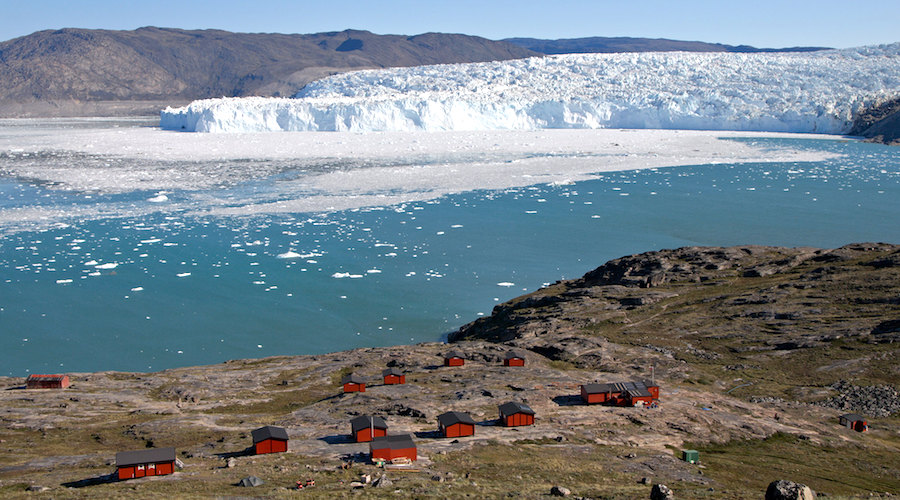Greenland bans uranium mining, blocking vast rare earths project


Greenland’s parliament has passed a bill to ban uranium mining and exploration in the Danish territory, effectively blocking the development of the vast Kvanefjeld rare earths project, one of the world’s biggest.
The project was being developed by Australia’s Greenland Minerals (ASX: GGG). It was granted preliminary approval in 2020 and was on track to gain the previous government’s final endorsement.
While the miner hasn’t issued a statement on the matter, its shares were placed in trading halt on Wednesday, pending “the release of an announcement”. Trading will remain suspended until Friday morning or the publication of the company’s statement”, it said in a notice to the Australian Stock Exchange.
The decision to ban uranium mining and exploration follows through on a campaign promise from the ruling left-wing party elected in April, which had publicly stated its intention to block Kvanefjeld’s development, due to the presence of the silvery-gray, radioactive metal as a by-product.
The law, passed by parliament late on Tuesday, lines up with the new coalition government’s strategy to focus efforts on promoting Greenland as environmentally responsible.
It bans exploration of deposits with a uranium concentration higher than 100 parts per minute (ppm), which is considered very low-grade by the World Nuclear Association.
The new regulation also includes the option of prohibiting exploration of other radioactive minerals, such as thorium.
Greenland, a vast autonomous arctic territory that belongs to Denmark, bases its economy on fishing and subsidies from the Danish government.
As a result of melting ice in the poles, miners have become increasingly interested in the mineral-rich island, which has become a hot prospect for miners. They are seeking anything from copper and titanium to platinum and rare earths, which are needed for electric vehicle motors and the so-called green revolution.
Greenland is currently home to two mines: one for anorthosite, whose deposits contain titanium, and one for rubies and pink sapphires.
Before the April election, the island had issued several exploration and mining licenses in a bid to diversify its economy and eventually realize its long-term goal of independence from Denmark.
The US government recently extended an economic aid package to Greenland as part of the Joe Biden administration’s efforts to ensure the supply of critical minerals, particularly rare earths, from outside China.
Former president Donald Trump even offered to buy the Arctic island to help address Chinese dominance of the rare earths market.
China accounts for almost 80% of the global mined supply of the elements used in everything from hi-tech electronics to military equipment.
This article originally appeared on www.Mining.com.
Comments